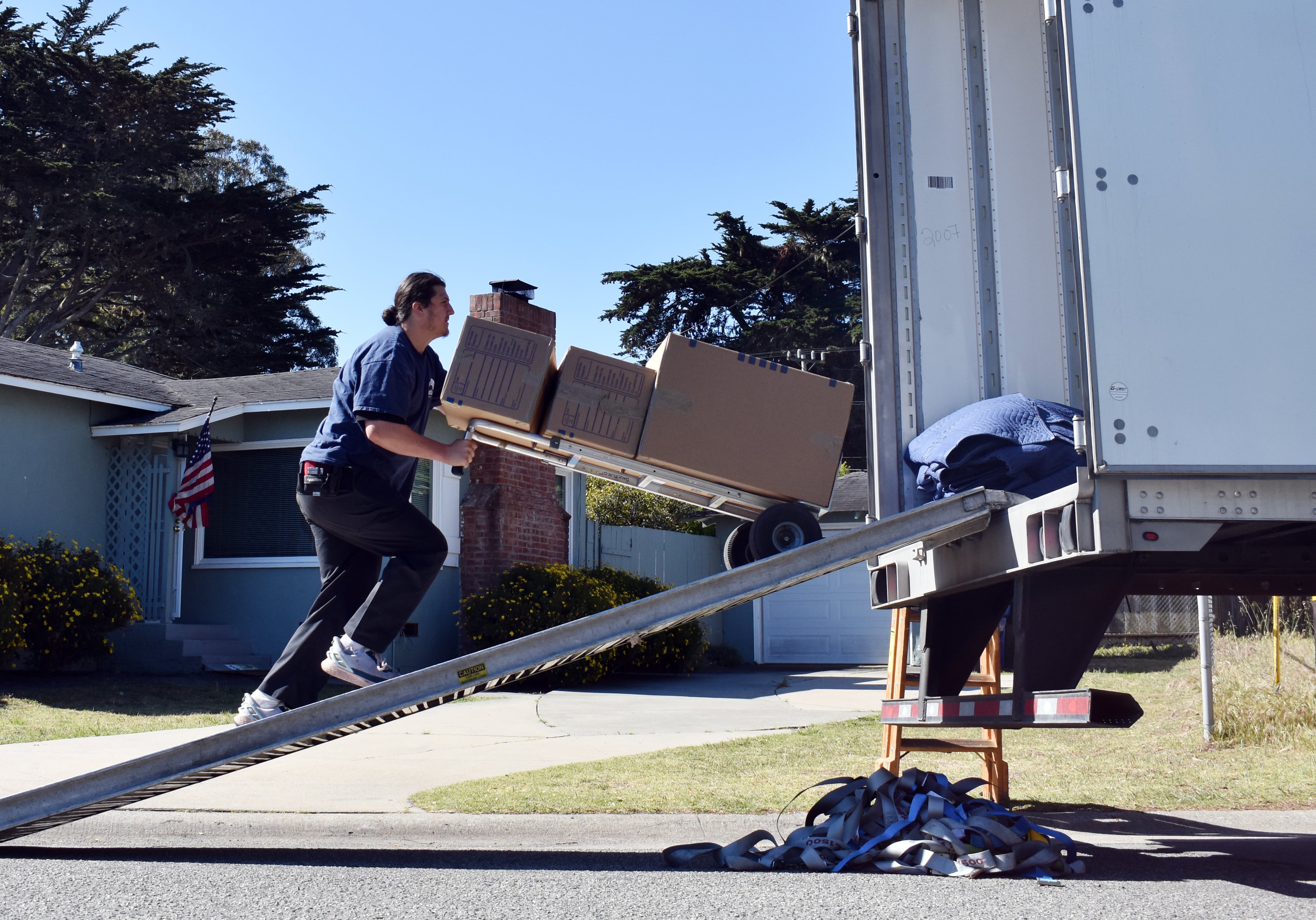The U.S. is in discussions with Australia to rotate bombers and tankers through Royal Australian Air Force Tindal, the head of Pacific Air Forces told reporters on Wednesday.
"The idea is – much like we do in Guam – a rotation of tankers and bombers to do training and working with our Australian allies as well as training our pilots and aircrew [about] what it's like in the region, to understand the vastness of that region," Gen. Lori Robinson said during a breakfast with defense reporters.
It is too early in the discussions to know what type of aircraft may be sent there, Robinson said
"We've had conversations, agreed to a force posture initiative," she said. "We're in the process of deciding on timing of when that will happen. So final timing hasn't happened as we are working our way through all of that."
In December, a B-52 assigned to Andersen Air Force Base, Guam, landed at Royal Australian Air Force Base Darwin for a training mission. Then in July, two B-52s from Barksdale Air Force Base, Louisiana, flew 44 hours to Australia and back to drop inert ordnance on the Delamere Air Weapons Range and to perform a low approach at RAAF Base Tindal.
David Shear, assistant secretary of defense for Asian and Pacific affairs, told the Senate in May that the U.S. planned to send B-1 bombers to Australia, but Australia's then-Prime Minister Tony Abbott said Shear had misspoken.
Asked about Shear's comments, Marine Lt. Col. Jeffrey Pool, a Defense Department spokesman, said at the time that, "The specifics of future force posture cooperation are yet to be finalized."
In November 2011, President Obama announced that the U.S. and Australia had reached an agreement to increase the U.S. military's presence in Australia.
"We'll enhance our ability to train, exercise, and operate with allies and partners across the region, and that, in turn, will allow us to work with these nations to respond even faster to a wide range of challenges, including humanitarian crises and disaster relief, as well as promoting security cooperation across the region," Obama said at a Nov. 16, 2011, news conference.
The Obama administration's so-called pivot to Asia has alarmed China, which reportedly feels the U.S. want to contain it as it did the Soviet Union during the Cold War.
But Robinson said on Wednesday that the U.S. and China have been able to come to an understanding on how aircraft from both sides should behave during intercepts.
In September, the U.S. and Chinese governments agreed to a set of rules for intercepts in international airspace, Robinson said during Wednesday's breakfast. The two countries are continuing to discuss the matter this week, she said.
"Those intercepts are standard in international airspace and in accordance with international norms and rules," Robinson said. "The agreement between the two governments and the rules of behavior solidify that."
In September, the Free Beacon reported that a Chinese fighter nearly collided with a U.S. surveillance aircraft during one such intercept.
At the time, Capt. Capt Ray Geoffroy, a PACAF spokesman, said that two Chinese J-11 fighters intercepted a U.S. RC-135 Rivet Joint on Sept. 15 in international airspace above the Yellow Sea about 80 miles east of the Shandong Peninsula when one of the Chinese fighters flew a maneuver that the RC-135 crew deemed to be "unsafe."
"The PRC [Chinese] aircraft passed approximately 500 ft. in front of the nose of the RC-135," Geoffroy said in a Sept. 23 email to Air Force Times. "At this point, there is no indication that there was a 'near collision.' No final characterization of the intercept has been determined at this time. The incident is still under investigation."
But Robinson on Wednesday called the Sept. 15 incident a "standard intercept that is routinely conducted in international airspaces around the world" and she had no information about whether it could have been hazardous.
The conduct of Chinese pilots has been "professional and safe" since Robinson took command of PACAF in October 2014, she said.
Her predecessor, Gen. Hawk Carlisle, began discussions with the Chinese about how the U.S. conducts intercepts safely, Robinson said. The Chinese also talked to the commander of 11th Air Force in Alaska about how U.S. and Russian aircraft behave during intercepts, she said.
"Since that time … there have not been unsafe or nonstandard intercepts with the Chinese," Robinson said.
Reporters pressed Robinson about why the U.S. does not have a similar bilateral agreement with Russia, which she said has been flying more long-range aircraft in the Pacific region.
"We've been doing intercepts with the Russians for years and years and years," Robinson said. "If you look at the Chinese, a lot of their flying has been over land and it's only been in recent years where they've extended out over the water. So there was concern about some of the intercepts: Were they standard out in international airspace."
Like their Chinese counterparts, Russian pilots have conducted themselves professionally and in accordance with international laws and norms, she said.





